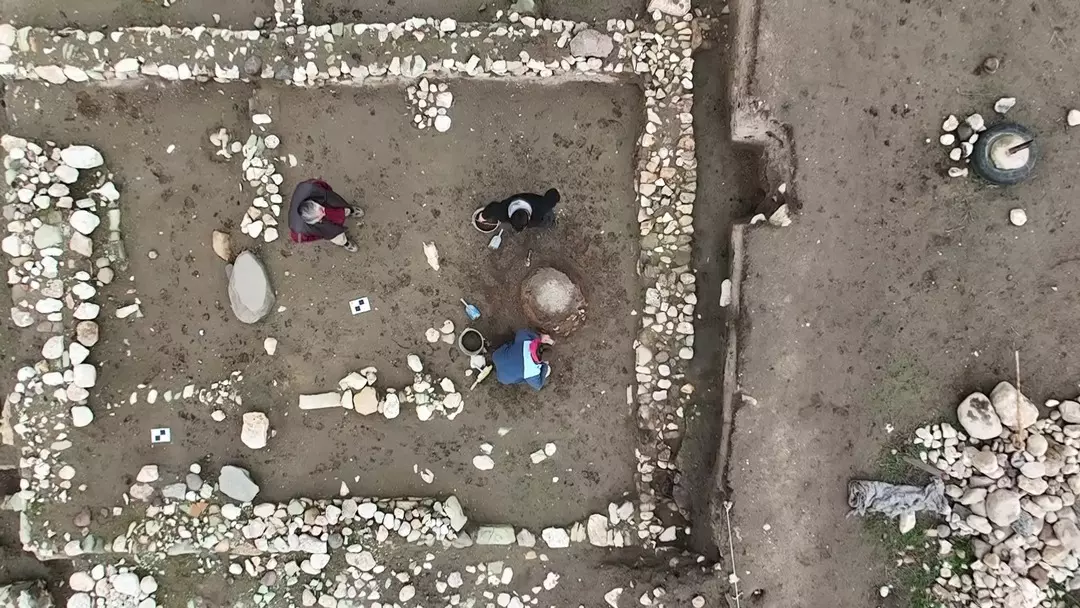No one else ever dared to live inside the Parthenon. But Demetrius the Besieger did—and he did so in style, surrounded by the most famous courtesans of his time. And rather than condemning him, the people of Athens adored him.
A City Past Its Prime, Still Radiating Power
By 295 BCE, Athens was no longer the formidable city of Pericles. Yet it still held a magnetic charm for kings, generals, and philosophers alike. When Demetrius Poliorcetes entered the city, the Athenians didn’t treat him like a foreign conqueror—they welcomed him. They opened the gates of the Acropolis, and Demetrius moved right into the Parthenon itself.
This wasn’t just a military occupation—it was a personal statement. The temple once dedicated to Athena, home to her legendary statue, was transformed into Demetrius’s private residence. And he wasn’t alone. By his side was Lamia, the most celebrated courtesan of the Hellenistic era. She followed him like a queen in all but title.
A Scandalous Spectacle—or a New Ideal?
As shocking as it might sound today, the image of Demetrius turning the sacred heart of Athens into his personal palace didn’t provoke outrage. On the contrary—the city fell in love with him. They named him Savior, erected statues in his honor, and showered him with accolades surpassing those given to their most distinguished statesmen. Why? Perhaps because he brought with him wealth, charisma, and a sense of security during turbulent times.
No one before him had dared to inhabit the space built for the gods themselves. And yet Demetrius was embraced. For a moment in history, the Parthenon—Athens’s eternal symbol of divine power—became the residence of one of the most theatrical figures of the Hellenistic world. The sacred center of worship briefly became a center of earthly authority.
Lamia: More Than a Courtesan
Lamia, with her intelligence, courage, and independence, embodied a new era. In this shifting world, women of the court could be more than companions—they were icons of influence. Lamia didn’t hide in the shadows. She stood in plain view, proud of her place beside power. And the Athenians? They didn’t recoil at her presence—they admired her boldness.
Demetrius didn’t hold Athens forever, but his legacy lingered. No one else dared to do what he did—live inside the Parthenon. If that temple once belonged to the goddess Athena, for a brief moment, it belonged to the man who dared to sleep among its columns.







